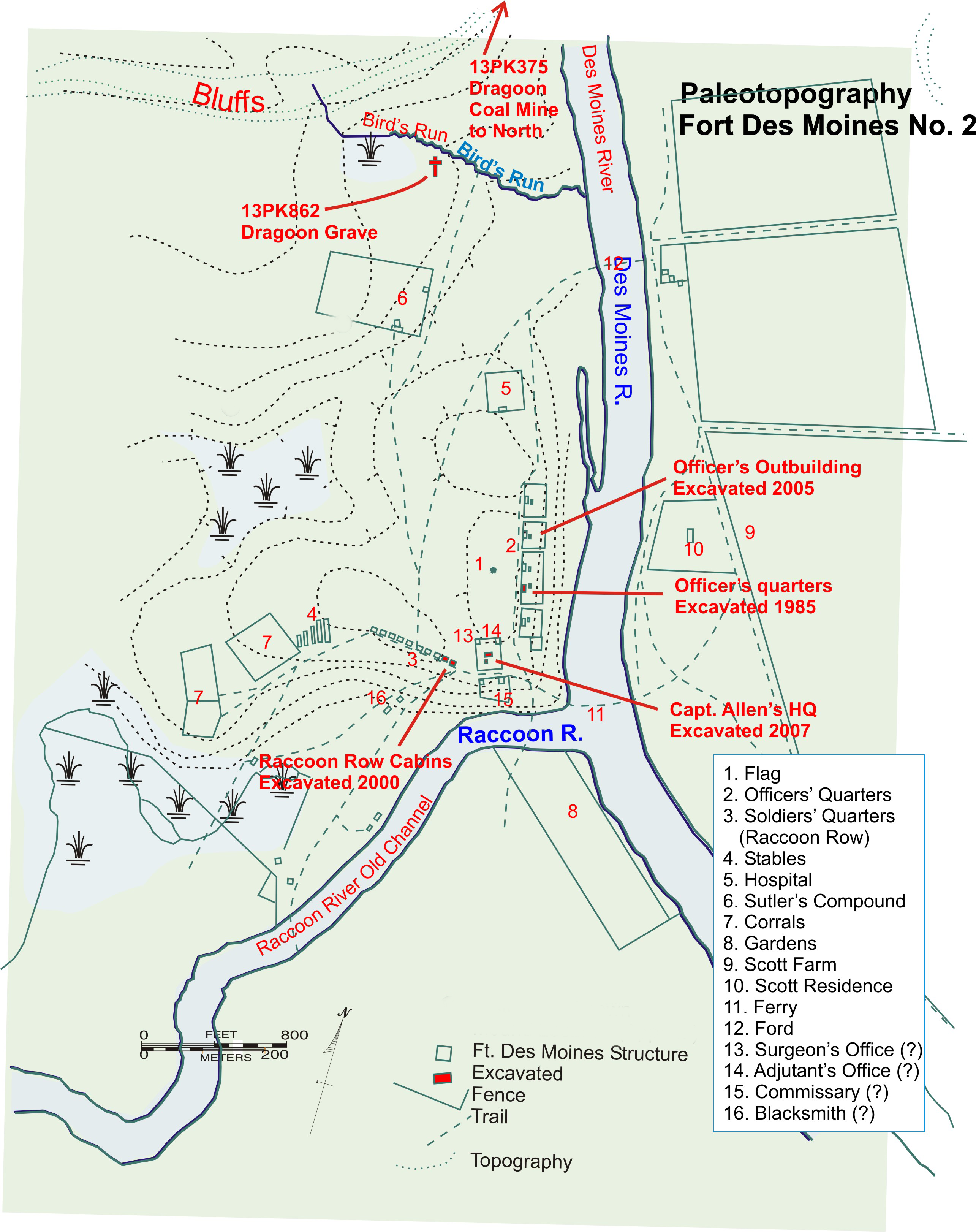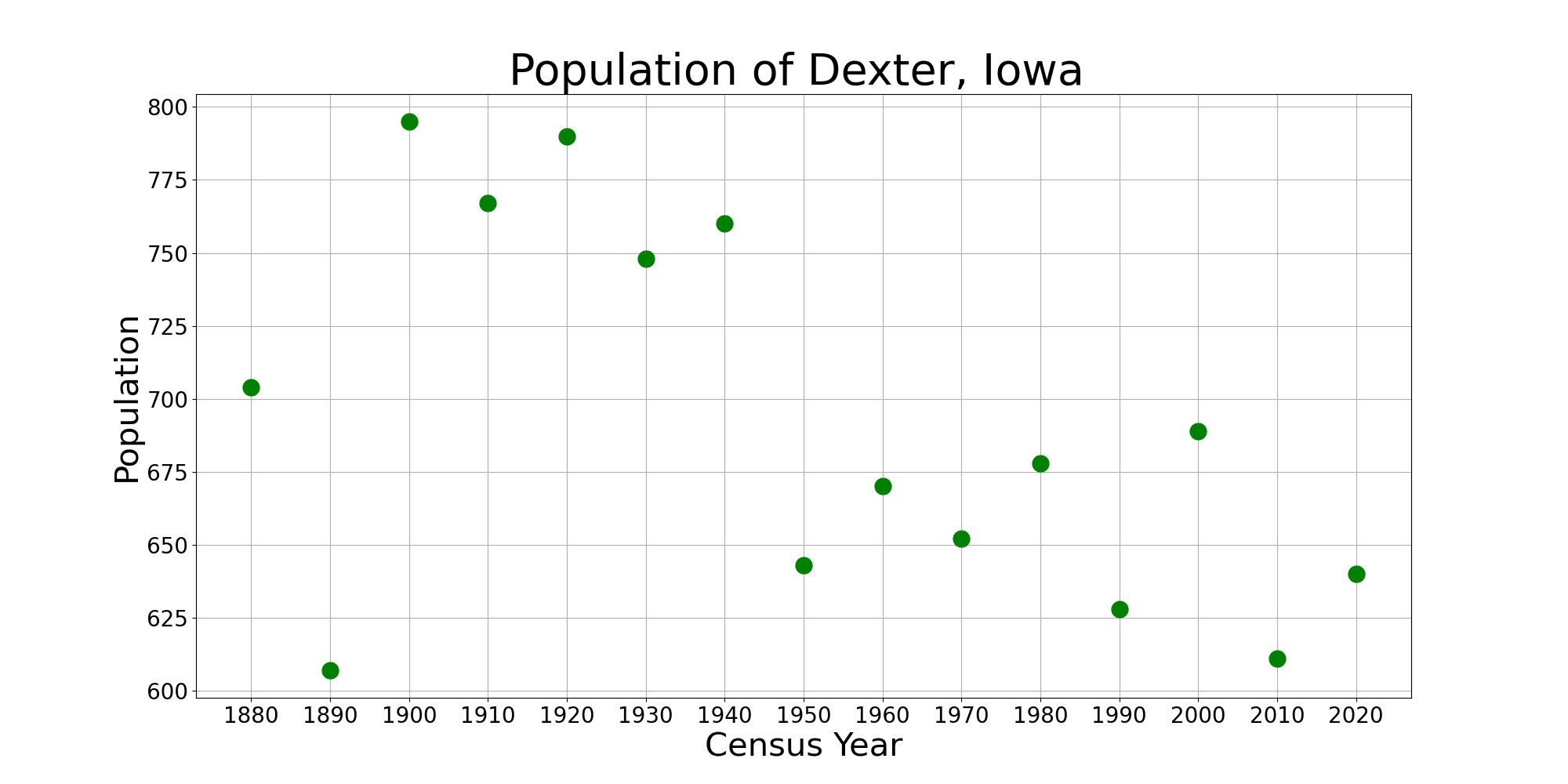|
Diamondhead Lake, Iowa
Diamondhead Lake is an unincorporated community and census-designated place in Penn Township, Guthrie County, Iowa, Penn Township, Guthrie County, Iowa, Guthrie County, Iowa, United States. As of the 2010 United States Census, 2010 census the population was 366. The CDP consists of a residential community that surrounds Diamondhead Lake, an artificial impoundment just south of the South Raccoon River. The community is located in the southeast corner of Guthrie County, northwest of Dexter, Iowa, Dexter and northeast of Stuart, Iowa, Stuart. It is west of Des Moines, Iowa, Des Moines. According to the U.S. Census Bureau, the CDP has a total area of , of which are land and , or 20.31%, are the waters of Diamondhead Lake. Demographics References [...More Info...] [...Related Items...] OR: [Wikipedia] [Google] [Baidu] |
Census-designated Place
A census-designated place (CDP) is a concentration of population defined by the United States Census Bureau for statistical purposes only. CDPs have been used in each decennial census since 1980 as the counterparts of incorporated places, such as self-governing cities, towns, and villages, for the purposes of gathering and correlating statistical data. CDPs are populated areas that generally include one officially designated but currently unincorporated community, for which the CDP is named, plus surrounding inhabited countryside of varying dimensions and, occasionally, other, smaller unincorporated communities as well. CDPs include small rural communities, edge cities, colonias located along the Mexico–United States border, and unincorporated resort and retirement communities and their environs. The boundaries of any CDP may change from decade to decade, and the Census Bureau may de-establish a CDP after a period of study, then re-establish it some decades later. Mo ... [...More Info...] [...Related Items...] OR: [Wikipedia] [Google] [Baidu] |
GNIS
The Geographic Names Information System (GNIS) is a database of name and locative information about more than two million physical and cultural features throughout the United States and its territories, Antarctica, and the associated states of the Marshall Islands, Federated States of Micronesia, and Palau. It is a type of gazetteer. It was developed by the United States Geological Survey (USGS) in cooperation with the United States Board on Geographic Names (BGN) to promote the standardization of feature names. Data were collected in two phases. Although a third phase was considered, which would have handled name changes where local usages differed from maps, it was never begun. The database is part of a system that includes topographic map names and bibliographic references. The names of books and historic maps that confirm the feature or place name are cited. Variant names, alternatives to official federal names for a feature, are also recorded. Each feature receives a per ... [...More Info...] [...Related Items...] OR: [Wikipedia] [Google] [Baidu] |
Des Moines, Iowa
Des Moines () is the capital and the most populous city in the U.S. state of Iowa. It is also the county seat of Polk County. A small part of the city extends into Warren County. It was incorporated on September 22, 1851, as Fort Des Moines, which was shortened to "Des Moines" in 1857. It is located on, and named after, the Des Moines River, which likely was adapted from the early French name, ''Rivière des Moines,'' meaning "River of the Monks". The city's population was 214,133 as of the 2020 census. The six-county metropolitan area is ranked 83rd in terms of population in the United States with 699,292 residents according to the 2019 estimate by the United States Census Bureau, and is the largest metropolitan area fully located within the state. Des Moines is a major center of the US insurance industry and has a sizable financial services and publishing business base. The city was credited as the "number one spot for U.S. insurance companies" in a ''Business Wire'' ... [...More Info...] [...Related Items...] OR: [Wikipedia] [Google] [Baidu] |
Stuart, Iowa
Stuart is a city in Lincoln Township, Adair County, and in Stuart Township, Guthrie County, in the U.S. state of Iowa. That part of the city within Guthrie County is part of the Des Moines– West Des Moines Metropolitan Statistical Area. The population was 1,782 at the 2020 census. History Stuart got its start in the late 1860s, following construction of the Chicago, Rock Island and Pacific Railroad through the territory. It is named for Charles Stuart, who was instrumental in bringing the railroad to the city. Geography According to the United States Census Bureau, the city has a total area of , all land. Demographics 2010 census As of the census of 2010, there were 1,648 people, 667 households, and 423 families living in the city. The population density was . There were 746 housing units at an average density of . The racial makeup of the city was 97.1% White, 0.4% African American, 0.2% Native American, 0.2% Asian, 0.6% from other races, and 1.6% from two or m ... [...More Info...] [...Related Items...] OR: [Wikipedia] [Google] [Baidu] |
Dexter, Iowa
Dexter is a city in Dallas County, Iowa, United States. The population was 640 at the time of the 2020 census. It is part of the Des Moines– West Des Moines Metropolitan Statistical Area. History Dexter was founded in 1868. The city is famous for being the site of a July 23, 1933, shootout between members of the Barrow gang and police from as far away as Des Moines.http://home.mchsi.com/~cityofdexter/Area%20Attractions.htm City of Dexter website retrieved on July 16, 2009 On September 18, 1948, Dexter was the site of a national plowing match at which President Harry Truman delivered a speech attacking the 80th Congress for its record in regard to the American farmer. This speech is considered one of the most important of his 1948 Whistle Stop campaign that turned the tide of the election and returned him to the White House." Geography Dexter is located at (41.515617, -94.227115). According to the United States Census Bureau, the city has a total area of , all land. Th ... [...More Info...] [...Related Items...] OR: [Wikipedia] [Google] [Baidu] |
South Raccoon River
The Raccoon River is a U.S. Geological Survey. National Hydrography Dataset high-resolution flowline dataThe National Map accessed May 26, 2011 tributary of the Des Moines River in central Iowa in the United States. As measured using the longest of its three forks, its length increases to . Via the Des Moines River, it is part of the drainage basin, watershed of the Mississippi River. The river runs through an intensely cultivated area of croplands and livestock farming, receiving Tile drainage from slow-draining rich natural bottomland. The Des Moines metropolitan area has been obtaining its drinking water from the Raccoon River just before it empties into the Des Moines River through water utilities since the 19th century. During the Great Flood of 1993, the Raccoon River flooded the water purification, water treatment facility of Des Moines, shutting off the city's supply of drinking water. History The Racoon River was first documented on the 1814 map by Lewis and Clark, th ... [...More Info...] [...Related Items...] OR: [Wikipedia] [Google] [Baidu] |
2010 United States Census
The United States census of 2010 was the twenty-third United States national census. National Census Day, the reference day used for the census, was April 1, 2010. The census was taken via mail-in citizen self-reporting, with enumerators serving to spot-check randomly selected neighborhoods and communities. As part of a drive to increase the count's accuracy, 635,000 temporary enumerators were hired. The population of the United States was counted as 308,745,538, a 9.7% increase from the 2000 census. This was the first census in which all states recorded a population of over half a million people as well as the first in which all 100 largest cities recorded populations of over 200,000. Introduction As required by the United States Constitution, the U.S. census has been conducted every 10 years since 1790. The 2000 U.S. census was the previous census completed. Participation in the U.S. census is required by law of persons living in the United States in Title 13 of the United ... [...More Info...] [...Related Items...] OR: [Wikipedia] [Google] [Baidu] |
Census-designated Place
A census-designated place (CDP) is a concentration of population defined by the United States Census Bureau for statistical purposes only. CDPs have been used in each decennial census since 1980 as the counterparts of incorporated places, such as self-governing cities, towns, and villages, for the purposes of gathering and correlating statistical data. CDPs are populated areas that generally include one officially designated but currently unincorporated community, for which the CDP is named, plus surrounding inhabited countryside of varying dimensions and, occasionally, other, smaller unincorporated communities as well. CDPs include small rural communities, edge cities, colonias located along the Mexico–United States border, and unincorporated resort and retirement communities and their environs. The boundaries of any CDP may change from decade to decade, and the Census Bureau may de-establish a CDP after a period of study, then re-establish it some decades later. Mo ... [...More Info...] [...Related Items...] OR: [Wikipedia] [Google] [Baidu] |
Unincorporated Community
An unincorporated area is a region that is not governed by a local municipal corporation. Widespread unincorporated communities and areas are a distinguishing feature of the United States and Canada. Most other countries of the world either have no unincorporated areas at all or these are very rare: typically remote, outlying, sparsely populated or uninhabited areas. By country Argentina In Argentina, the provinces of Chubut, Córdoba, Entre Ríos, Formosa, Neuquén, Río Negro, San Luis, Santa Cruz, Santiago del Estero, Tierra del Fuego, and Tucumán have areas that are outside any municipality or commune. Australia Unlike many other countries, Australia has only one level of local government immediately beneath state and territorial governments. A local government area (LGA) often contains several towns and even entire metropolitan areas. Thus, aside from very sparsely populated areas and a few other special cases, almost all of Australia is part of an LGA. Uninco ... [...More Info...] [...Related Items...] OR: [Wikipedia] [Google] [Baidu] |
FIPS Code
The Federal Information Processing Standards (FIPS) of the United States are a set of publicly announced standards that the National Institute of Standards and Technology (NIST) has developed for use in computer systems of non-military, American government agencies and contractors. FIPS standards establish requirements for ensuring computer security and interoperability, and are intended for cases in which suitable industry standards do not already exist. Many FIPS specifications are modified versions of standards the technical communities use, such as the American National Standards Institute (ANSI), the Institute of Electrical and Electronics Engineers (IEEE), and the International Organization for Standardization (ISO). Specific areas of FIPS standardization The U.S. government has developed various FIPS specifications to standardize a number of topics including: * Codes, e.g., FIPS county codes or codes to indicate weather conditions or emergency indications. In 1994, Nati ... [...More Info...] [...Related Items...] OR: [Wikipedia] [Google] [Baidu] |
List Of Sovereign States
The following is a list providing an overview of sovereign states around the world with information on their status and recognition of their sovereignty. The 206 listed states can be divided into three categories based on membership within the United Nations System: 193 member states of the United Nations, UN member states, 2 United Nations General Assembly observers#Present non-member observers, UN General Assembly non-member observer states, and 11 other states. The ''sovereignty dispute'' column indicates states having undisputed sovereignty (188 states, of which there are 187 UN member states and 1 UN General Assembly non-member observer state), states having disputed sovereignty (16 states, of which there are 6 UN member states, 1 UN General Assembly non-member observer state, and 9 de facto states), and states having a political status of the Cook Islands and Niue, special political status (2 states, both in associated state, free association with New Zealand). Compi ... [...More Info...] [...Related Items...] OR: [Wikipedia] [Google] [Baidu] |




